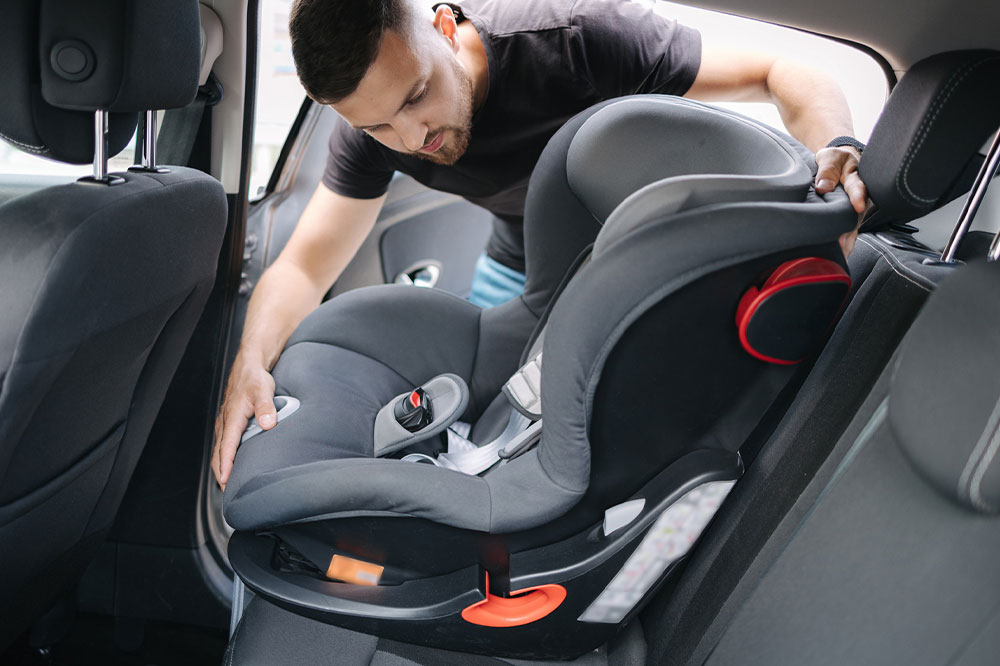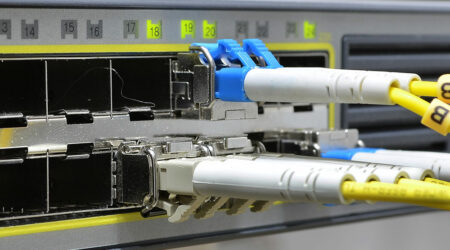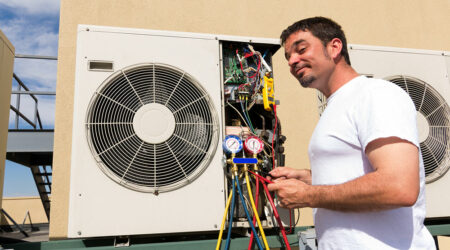
Top safety tips for traveling with a baby
Traveling with babies can be fun and yet challenging. However, it does not have to be a source of additional stress for the parents. Today, one may find multiple products that ensure the complete safety of babies while traveling. Further, one can find products designed for airplanes, cars, and even other kinds of public transport. Additionally, one can also follow a few handy baby transport and safety tips to have a safe, hassle-free journey.
Tips for ensuring safety
Toddlers and babies rely on their parents or caregivers to keep them safe and protected. Further, while traveling with a baby, the parents may experience issues depending on the mode of transport and need to ensure the safety of not only the child but also themselves. So, here are some easy tips that one can follow:
Traveling by airplane
Air travel with an infant requires extensive preparation. Here are some tips to make the process hassle-free:
Consider the age: Institutions such as the American Academy of Pediatrics (AAP) and the US Federal Aviation Administration recommend that a baby must be at least 7 days old in order to travel by plane. However, best practices would call for waiting until the baby is a few months old to prevent contracting any infections. Further, one must avoid traveling to places more than 8,000 feet above sea level as the air at such high altitudes may be thin and lead to respiration issues in the bay.
Choose baby-friendly airlines: As every airline has its own set of rules and regulations for traveling with children, one can pick airlines that are favorable toward parents traveling with babies. However, this may require extensive research. Such airlines may have baby-friendly products, such as in-flight bassinettes, that can help the parent and baby rest comfortably. In addition, one should check if baby seats are considered additional baggage according to the airline.
Have a baby checklist: Traveling with a baby often comes with carrying additional luggage to accommodate all the necessities, such as diapers, fresh clothes, and small towels, to name a few. However, one may also need to carry other products such as baby carriers, nursing covers for easy breastfeeding, baby formula, first aid kits, baby wipes, and even a compact baby stroller. This can not only help ensure the wellness of the baby but also makes sure they are safe during the traveling period.
Traveling by road
In most cases, one may have to take similar safety precautions for air and road travel. However, here are some road-specific baby transport tips for a smooth journey:
Use rear-facing car seats initially: The AAP recommends using rear-facing car seats, where the baby faces the back of the car until they turn two years old. Further, one must also check the recommended size of the car seat before purchasing one. One should avoid getting car seats that are either too small or large, as they may be a potential hazard while traveling long distances with the baby strapped into the seat.
Seat an adult next to the baby: One of the best ways to guarantee the baby’s safety while traveling is to seat an adult next to the child. In cases where one has to travel alone with a baby, they can also opt for products such as baby safety gadgets and accessories like a mirror and strap it to the headrest of the backseat. This way, one can ensure the complete safety of the baby while traveling by just looking at the car’s rearview mirror.
In addition to following the tips mentioned above, one can also make sure the baby remains safe at home and at all times by buying baby-proofing kits with all the necessary products, such as corner guards, oven locks, socket guards, baby crib rails, and safety latches. Additionally, one can opt for safety gadgets like video monitors and carbon monoxide and smoke detectors for complete safety at home.




